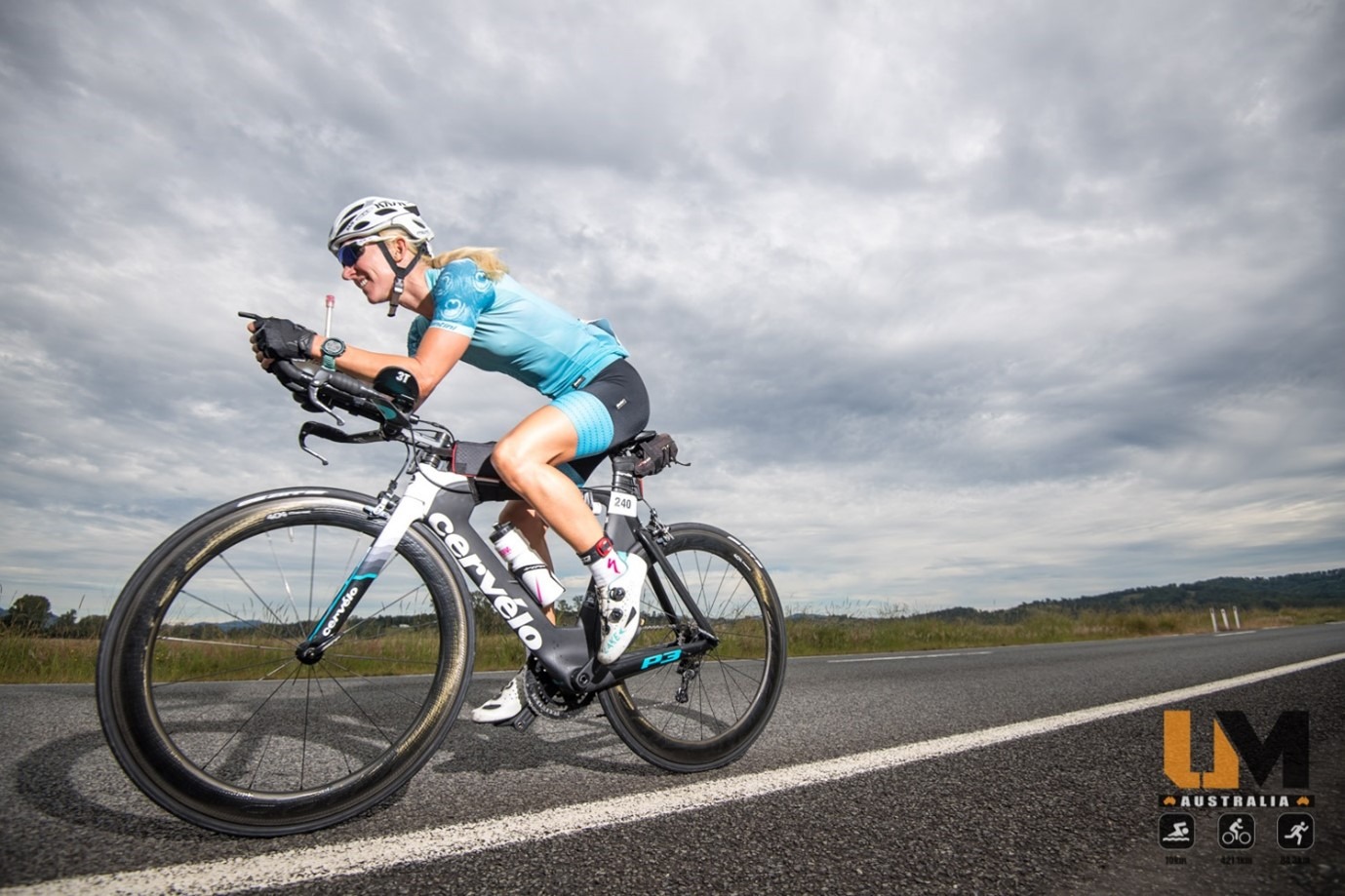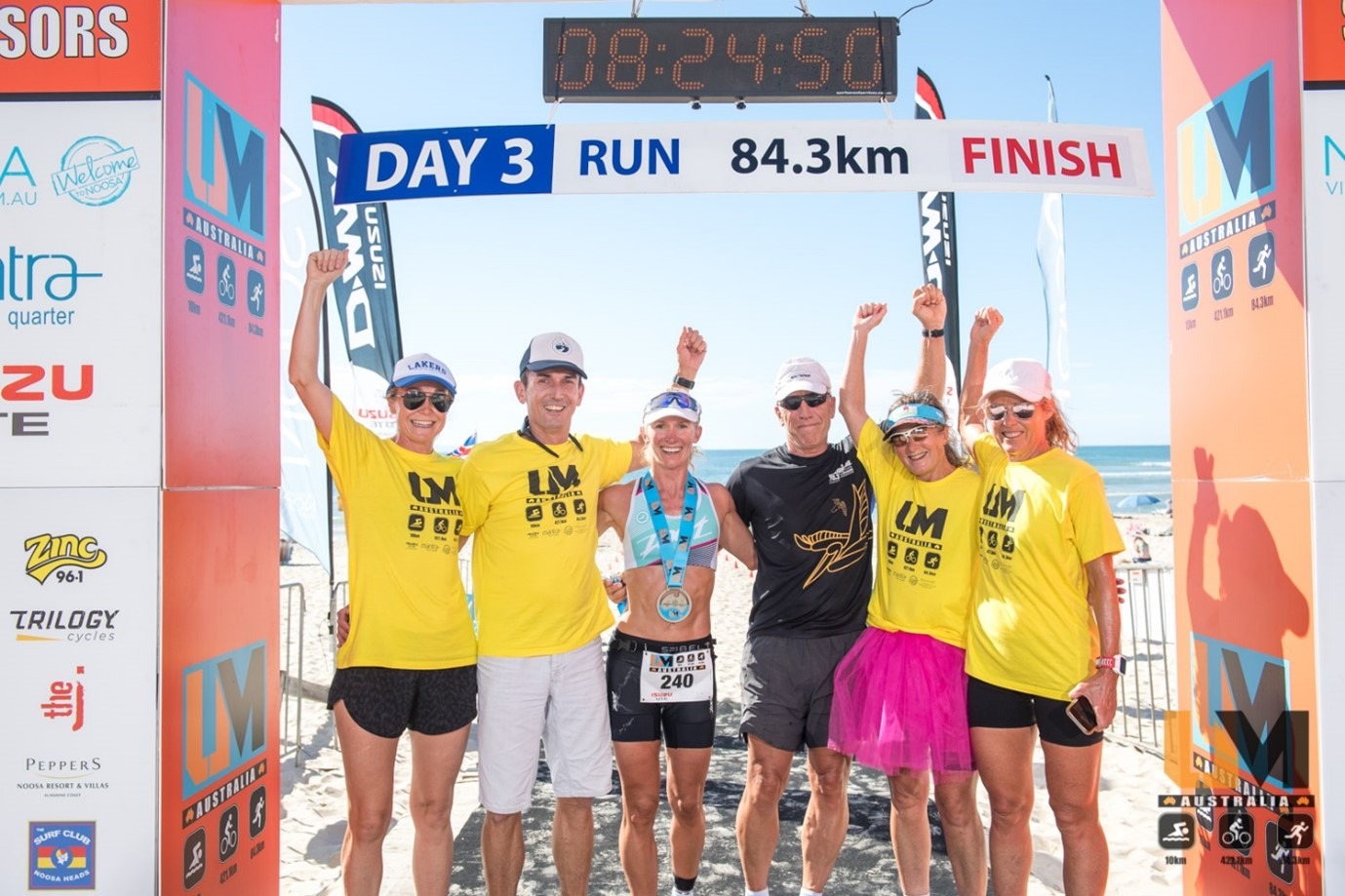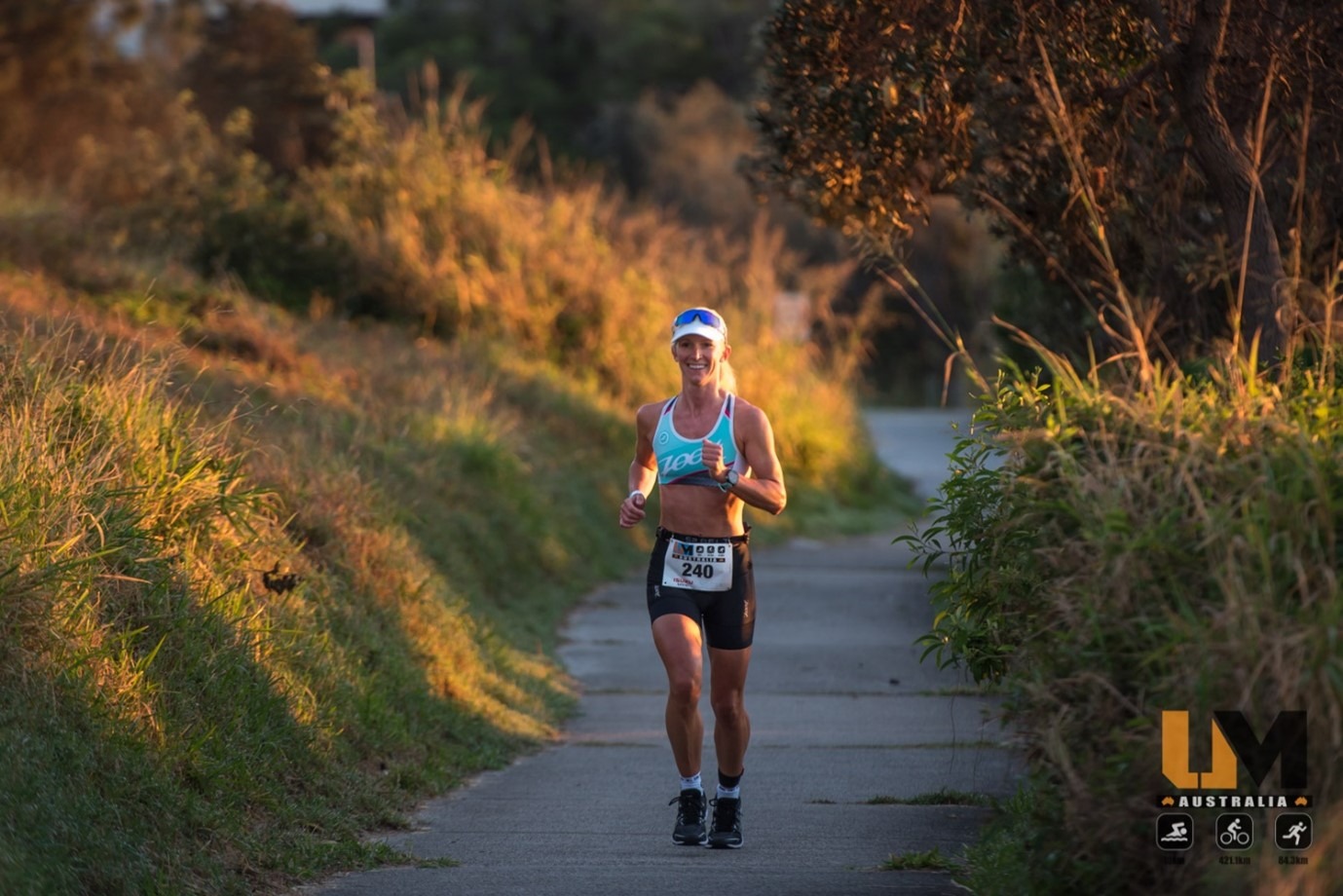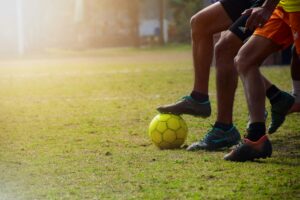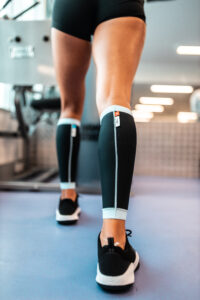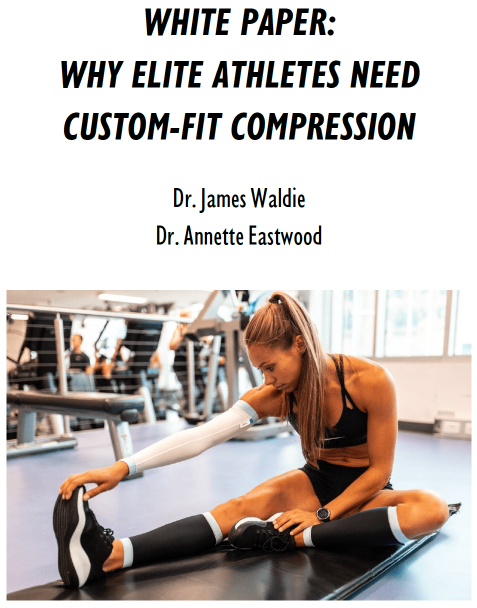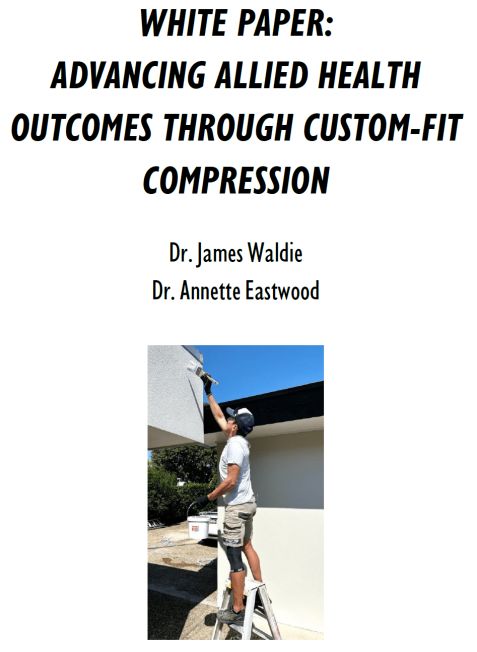Our Sports Physiologist Dr Annette Eastwood has worked with hundreds of elite and Olympic athletes, but she is also an ultra endurance triathlete who recently competed at Ultraman Australia. CAPE CEO Dr. James Waldie recently caught up with Annette to discuss how CAPE compression garments have assisted her with her training and racing over the last few months.
JW: Firstly what is Ultraman Triathlon?
AE: Ultraman is a 3 day triathlon comprised of a 10km swim, 420km bike and 84km run. It is broken up over the three days (Day 1 – 10km swim and 145km bike, Day 2 – 275km bike and Day 3 – 84km run). Athletes have 12 hours each day to complete the course.
JW: How did the race go?
AE: It went very well, I surprised myself! I finished 3rd female overall in 27 hours and 52 minutes. This was the longest race I have ever done. I’ve never done anything close to those distances before so it was a huge challenge. I was unsure how it would go, especially when it came to the double marathon on day 3!
JW: Three consecutive days of racing with a double marathon to finish, this means recovery would have been important?
AE: Yes, very important! How well you recover from one day determines how well you perform the next day. It’s a case of doing everything you possibly can to help yourself. For me that was about nutrition, ice baths, massage and of course compression!
JW: So you have been using your CAPE compression garments recently?
AE: Yes I have the recovery calf sleeves. I used them to assist my recovery from big training days and also in the recovery phase from the Ultra355 event earlier in the year which was my preparation event for Ultraman. They have formed a big part of my recovery routine over the last few months.
JW: Do you use them everyday?
AE: No I use them for key sessions throughout the week. The sessions where I am likely to pull up sore or if I have to back up for a big session the next day. For example in the lead up to the race I was doing long bike sessions around 250km where I would be riding for over 10 hours. I’d sometimes have a long run of over 50km the next day. I would always wear my CAPE calf sleeves after the ride and my legs would feel better running the next day. I also used them after hard running sessions as they reduced muscle soreness.
Other times throughout the week I’d choose not to use them. Sometimes it’s good to let the body respond to the training stress without intervention, other times it’s advantageous to enhance recovery which is the ideal time to use compression. It’s about deciding what is a priority for each session at each phase of the training cycle.
JW: Have you used compression before you tried CAPE garments?
AE: Yes, I’ve been using compression garments for a long time. I’ve had issues in the past with garments being too tight despite following manufacturers recommendations based on my height and body mass. Previously I’ve taken garments off after a short period of time, as they have become painful at the top of the calf around the seam. That’s why I really appreciate the CAPE garments – they are custom fitted based on my 3D scan so they fit perfectly. I haven’t had any issues at all. They are so comfortable that I even sleep in them sometimes, especially after long training days and between days of competition.
JW: As a physiologist you would be aware of the benefits of compression from the research, why do you as an athlete choose to use compression?
AE: Yes there is good scientific evidence to support the use of compression garments for recovery and performance but it’s important that they fit correctly. There is also evidence to show that poorly fitting garments may have no effect or even a detrimental effect which I can relate to given my previous experience.
Personally, the reason I use compression garments is quite simply that my legs feel better. I don’t experience the same level of muscle soreness when I wear them. For consecutive days of competition that is so important. From a training perspective, I feel that I recover better from harder training sessions which allows me to do more quality work in subsequent sessions.
JW: What about travel? Do you use compression garments then?
AE: Yes, when I can travel again I will be using the CAPE travel compression garments!
Previously in my role as Senior Physiologist with the AIS and Triathlon Australia I would travel extensively with the Australian Triathlon Team. They had a very intensive travel and competition schedule, especially in the 2016 Olympic year where we travelled to Asia, Europe, Brazil, Australia and then Mexico all within in a few months. Compression garments formed part of the travel protocols for both athletes and staff.
In terms of my own racing, I regularly travel domestically for events and sometimes have a short turnaround from finishing the event to flying home. I’d always wear compression garments straight after the event and on the flight home.
JW: What would be your advice to any athlete considering an event such as Ultraman?
AE: Train hard and recover well!
